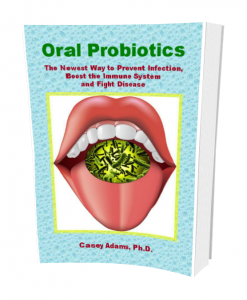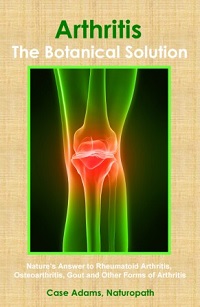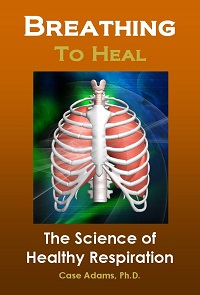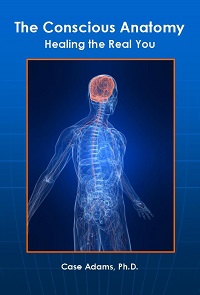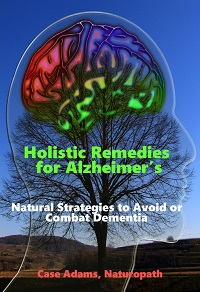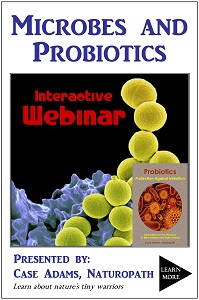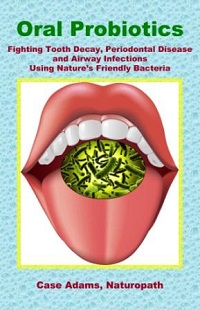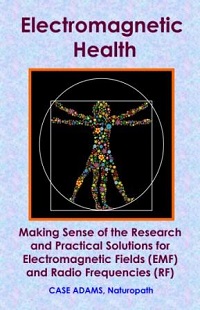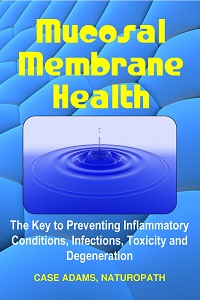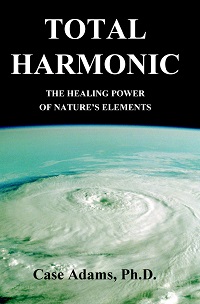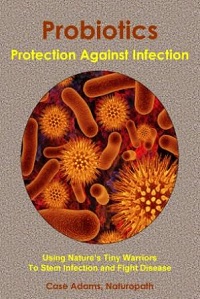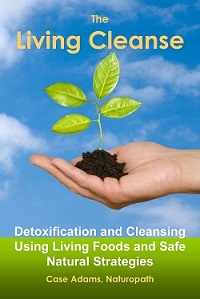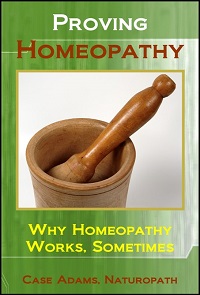Vitamin D from Sunshine Reduces Tooth Decay
Most of us think the sun is harmful, but we are finding more benefits every day. Now we find that the vitamin D we get from sunshine helps prevent cavities.
In this article
UVB sun exposure and decay
Research from San Francisco’s Sunlight, Nutrition and Health Research Center has determined that vitamin D produced from UVB sun rays reduces dental caries.
The research studied the health and dental records of military personnel in 1918, 1934 and 1943, cross-referencing their dental histories with their UVB exposure. The calculations eliminated natural fluoridation from water and other possible confusing elements. The data concluded that UVB exposure significantly decreased the incidence of dental caries.
Dr. William Grant, a leading vitamin D researcher who led the study, concluded that, “Serum 25-hydroxyvitamin D concentrations at or above 30-40 ng/ml should significantly reduce the formation of dental caries.”
Dr. Grant also analyzed the possible mechanisms at play. “Although the original mechanism proposed for UVB and vitamin D related to calcium metabolism, the effect is at least as likely to involve vitamin D and its induction of the antimicrobials cathelicidin and defensins as already noted to be important in periodontis. In recent years several papers have discussed how cathelicidin and defensins reduce the risk of dental caries through attacking oral bacteria linked to dental caries,” stated Dr. Grant.
Vitamin D and UVB rays
Serum 25-hydroxyvitamin D is produced within the skin’s epidermal layers after exposure to UVB rays after a liver conversion. While some have speculated that vitamin D production occurs on top of the skin and requires 48 hours to fully absorb, this is contradicted by research by Dr. Michael Holick and others that showed epidermal production of vitamin D. This assumption of dermal vitamin D production is also contradicted by the many studies that have shown increases of serum vitamin D (25OHD) levels after significant sun exposure without requiring the participants avoid showers for 48 hours – as being proposed.
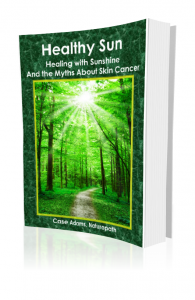
Learn the benefits of the sun and how to help prevent skin cancer while supporting this ad-free website.
An argument used in this speculative dermal vitamin D production theory is that Hawaiian surfers have lower vitamin D levels than lifeguards, but this is explained simply by knowing that surfers have reduced sun exposure due to their legs being under the water while waiting for waves.
This does not eliminate the possibility that some vitamin D3 can be secreted through the skin with sebaceous gland secretions. But needing to avoid showering for 48 hours to gain absorption of vitamin D is not supported by the evidence.
Dr. Grant’s research confirmed studies done in the 1920s and 1930s that also found reduced rates of dental caries among those with greater vitamin D and UVB sunlight exposure.
His current research found that serum levels of 30-40 ng/mL 25OHD should provide protection against dental caries. “It is unfortunate that the UVB and vitamin D findings were not given more consideration in the 1950s as a way to reduce the risk of dental caries when water fluoridation was being proposed,” added Dr. Grant.
Research finds that vitamin D deficiency speeds up early death and other diseases. Other research finds that supplemental vitamin D is not as good as that produced from sunshine.
Learn more about oral health:
REFERENCES:
Grant WB. A review of the role of solar ultraviolet-B irradiance for dental caries. Dermatoendocrinol. 2011 Jul;3(3):193-8.
Adams C. Healthy Sun: Healing with Sunshine and the Myths About Skin Cancer. Logical Books. Rev. 2015.


